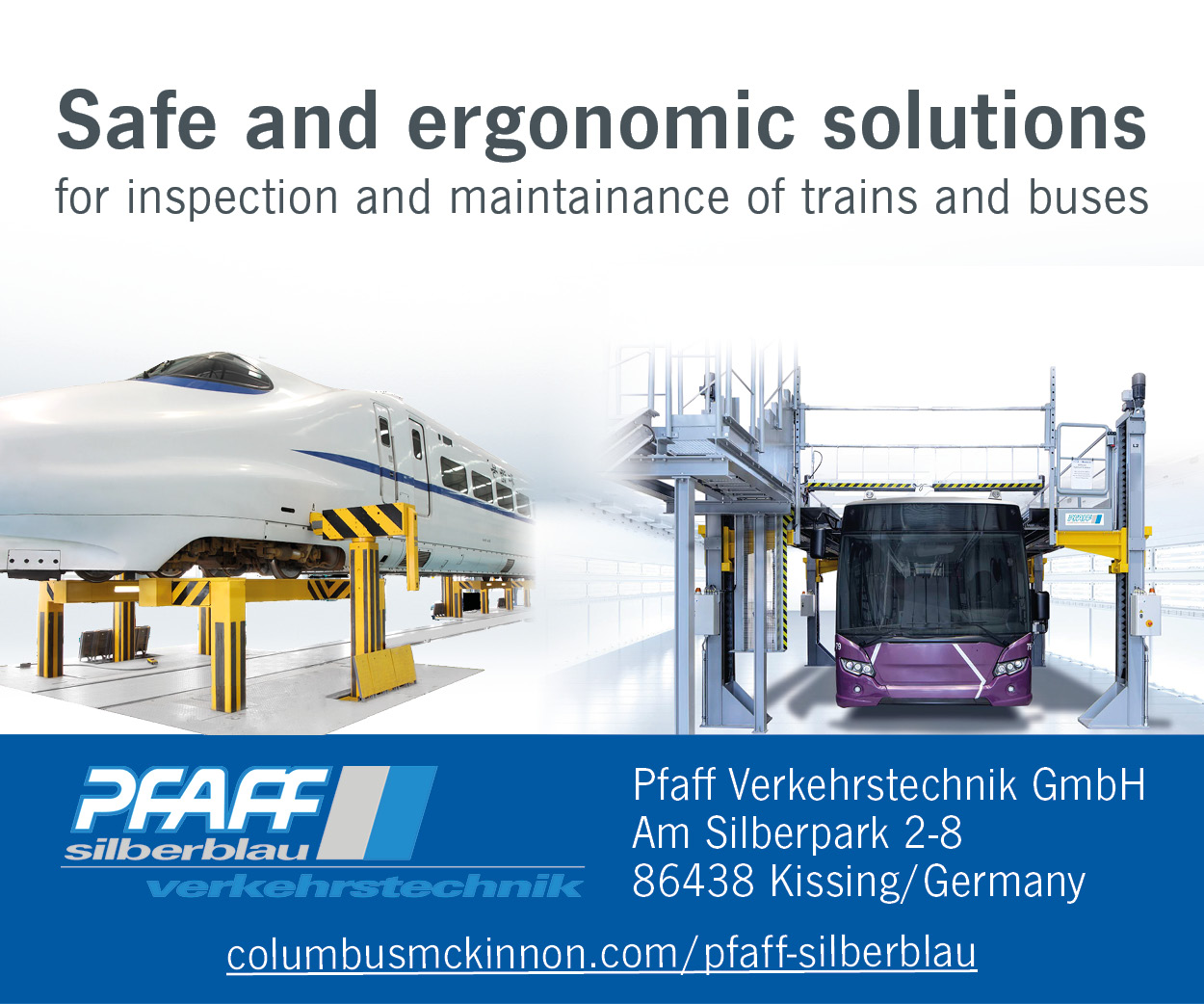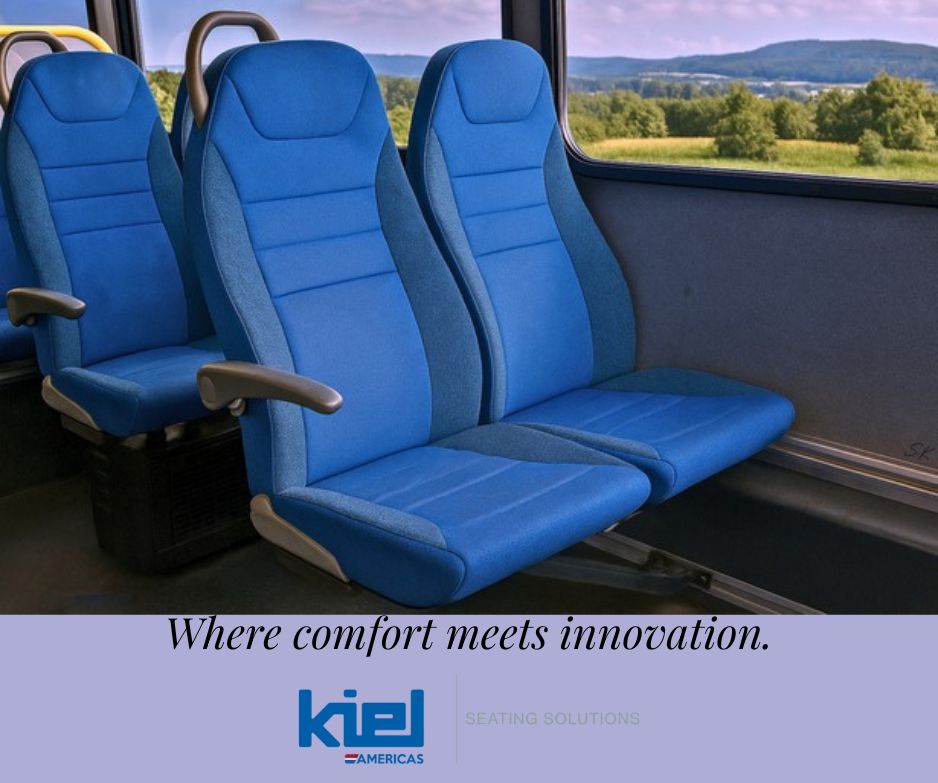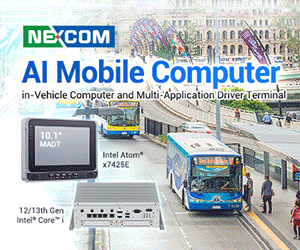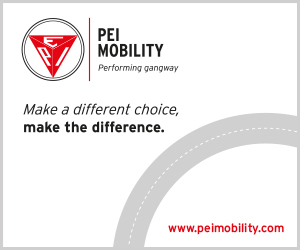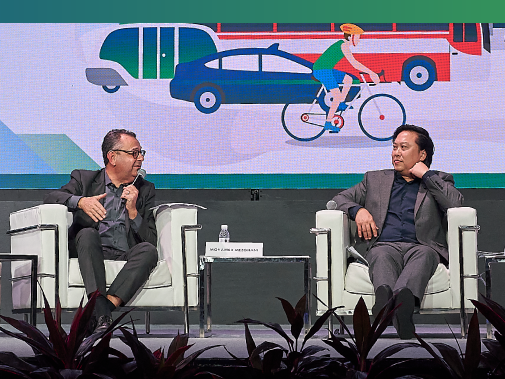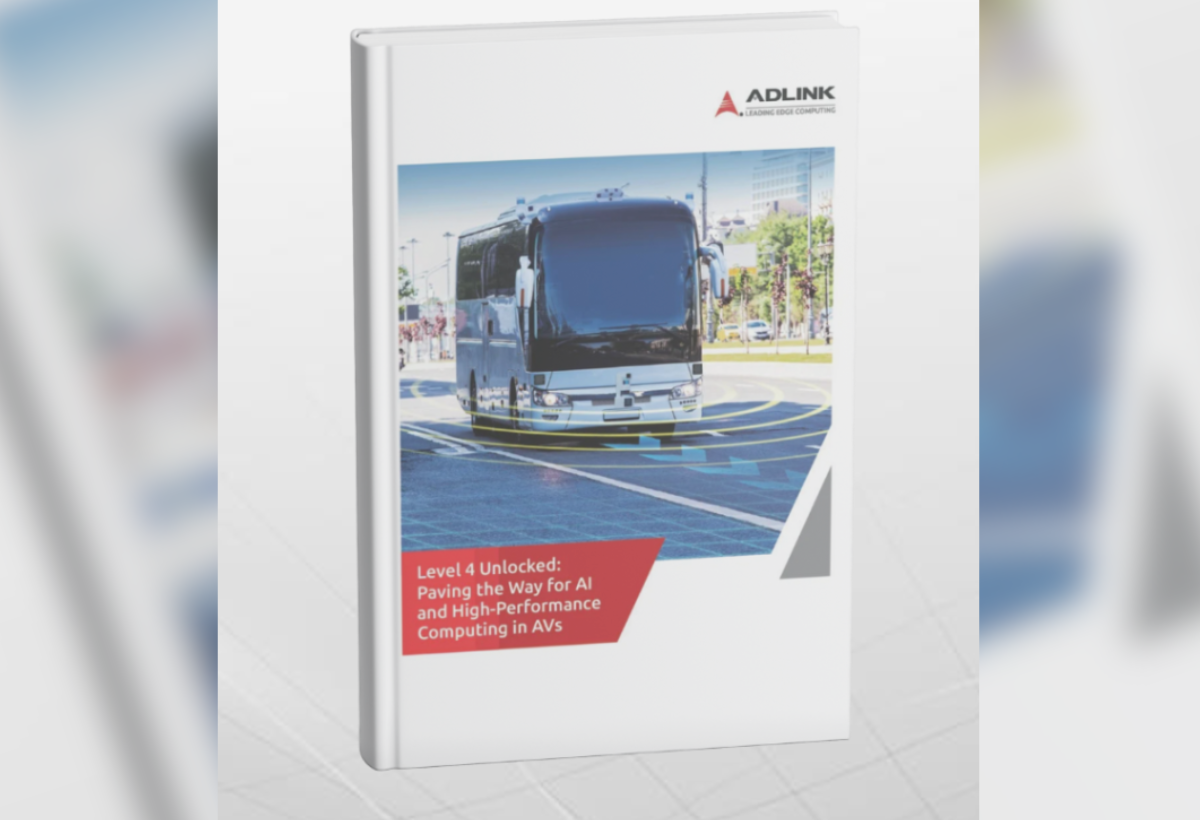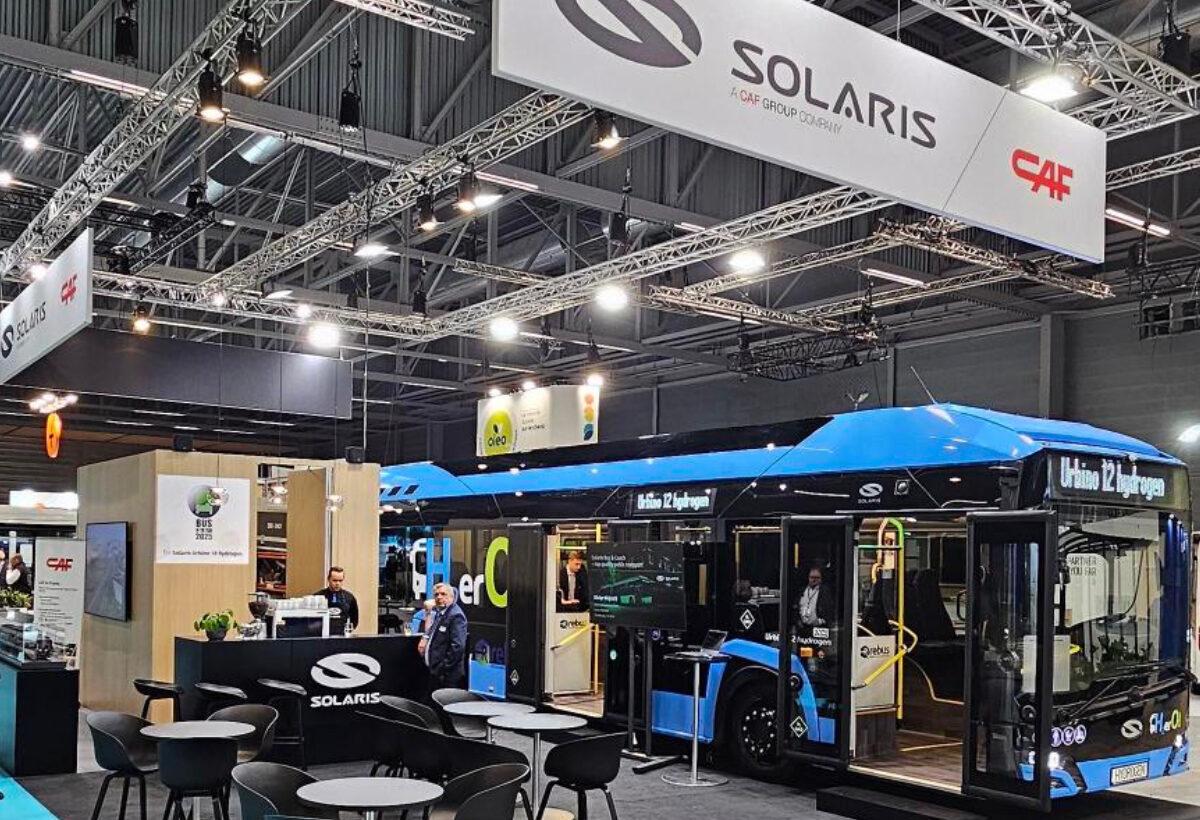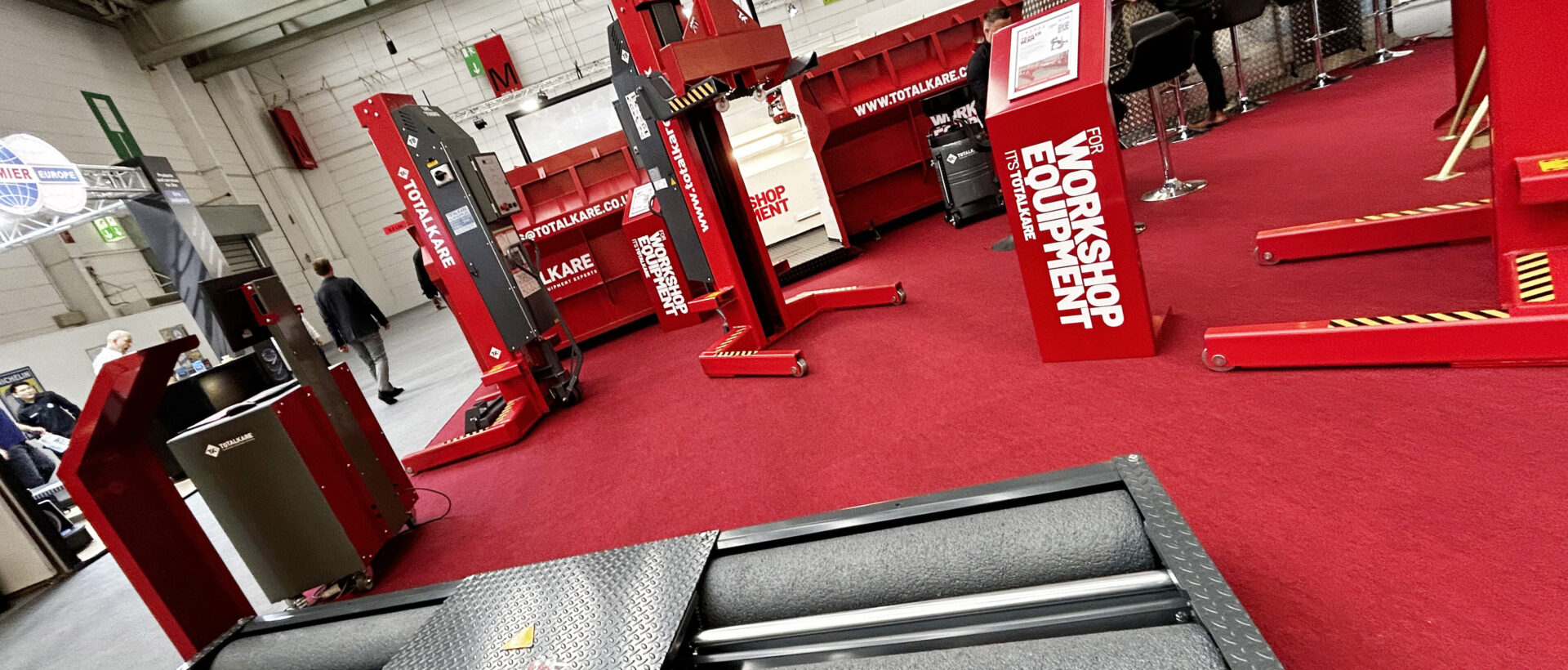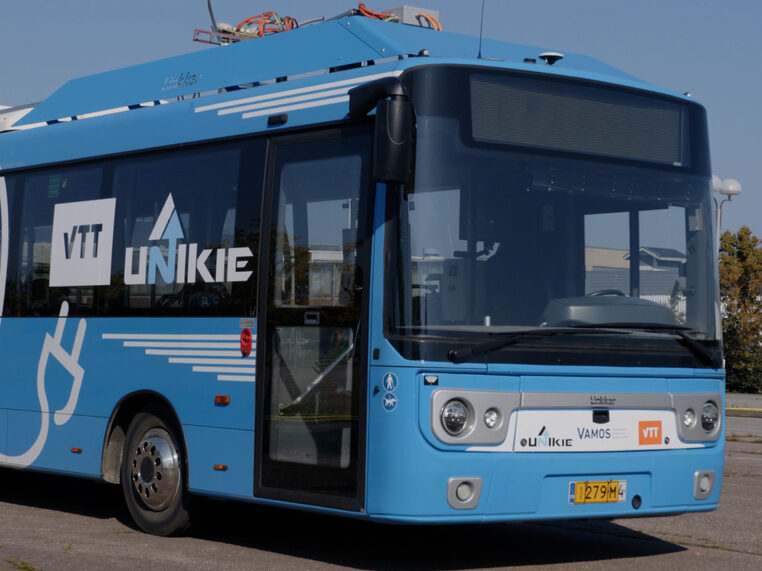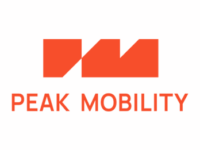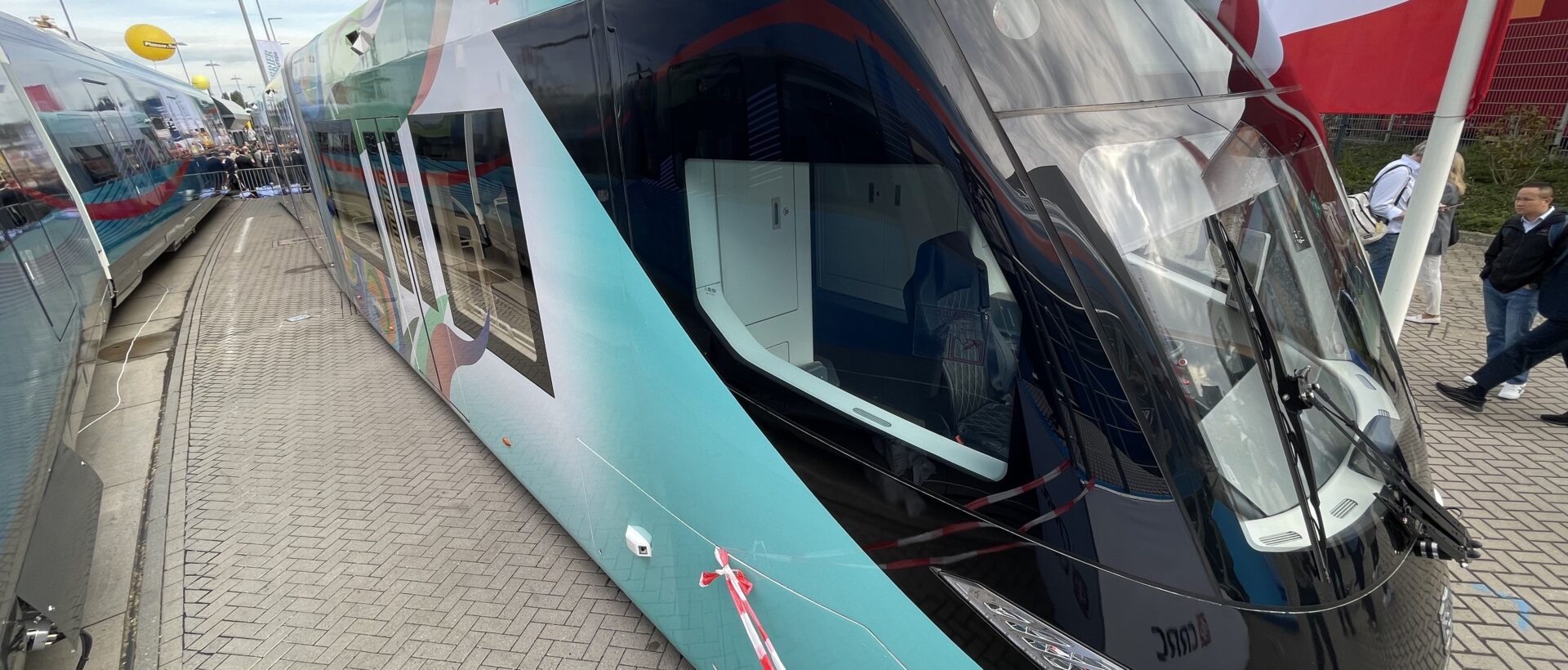This year’s edition of AutoSens and InCabin explored the latest developments in advanced and autonomous driving technologies. Although the event primarily focused on the automotive industry, its closing panel addressed the impact that the latest innovations could likewise have on the bus industry.
This inclusion emphasised the rise in cross-industry collaboration globally, with automotive advancements being leveraged to enhance bus operations. Indeed, in January, CES 2024 also highlighted how a substantial focus on the automotive industry is propelling progress for buses. For example, Imagry’s mapless driving system, exhibited at CES, was initially produced for the automotive industry due to the substantial size of the market. However, as the software is also deployable in larger, public transit vehicles, it has since been adopted by bus manufacturers.
In Europe, this shared potential is further driven by the EU General Safety Regulations (GSR), which mandates the integration of several sensor-based advanced safety technologies in all new commercial vehicles, including buses and trucks. This covers technologies to monitor drowsiness and distraction, provide blind spot warnings, and identify potential collisions.
As a result, leading companies in the fields of advanced driver assistance systems (ADAS) and driver monitoring systems (DMS) have developed systems to enhance safety and efficiency in buses, as well as cars. In fact, alongside the AutoSens and InCabin event, Smart Eye announced that its Commercial Vehicle (CV) Alert driver support system has successfully passed the homologation process with Solaris Bus & Coach.
Beyond Safety
In addition to showcasing the technologies mandated to enhance safety, AutoSens and InCabin’s closing panel discussed the further impacts of ADAS and autonomy.
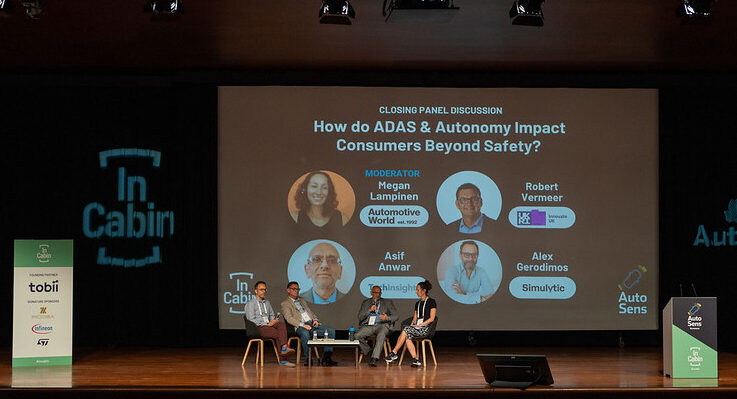
For the bus industry, Robert Vermeer, Innovation Lead at Innovate UK emphasised that significant benefits will be delivered if drivers can be fully removed from the vehicle. This milestone would help tackle major challenges, such as the shortage and cost of bus drivers, which currently result in routes and connections being cut, especially in rural areas.
Autonomous buses could thus enhance mobility by enabling the rollout of additional services. To pave the way for this breakthrough, Vermeer noted that the UK is testing the operation of autonomous buses in Scotland through the CAVForth project.
Currently, however, these trails take place with the presence of an onboard safety driver, which Vermeer stressed must ultimately be removed to realise the cost benefits of this technology. Instead, fleets may ultimately be monitored by remote control centres that can take over the operation if required.
Robert Vermeer, Innovation Lead at Innovate UK said:Taking the driver out is the priority in terms of the cost-benefit, which will also help deliver a low-cost service for the consumer.
Challenges
The array of technologies on display at AutoSens and InCabin highlighted that technically, the industry has made substantial progress, offering advanced, autonomous capabilities. However, beyond technical developments, several challenges remain prominent in preventing the rollout of fully autonomous buses.
This includes commercial considerations that will require additional technologies to manage factors such as fare collection and passenger safety, without a driver to provide a sense of security on public transport.
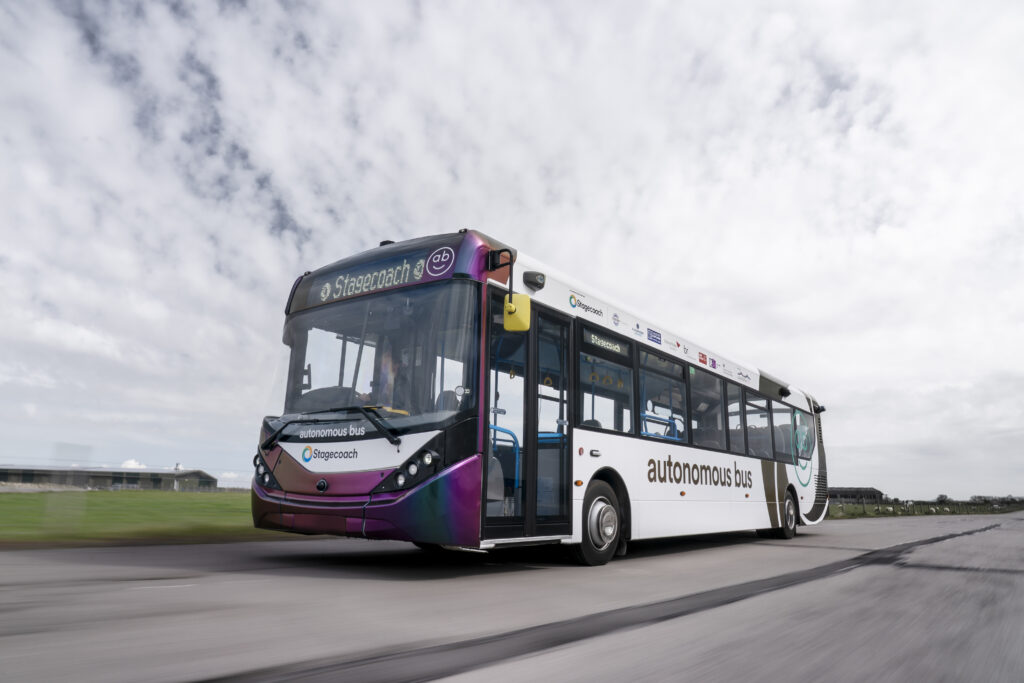
In addition, Vermeer argued that the issue of liability is particularly complex for bus services. While OEMs will be accountable for their technology during Level 4 and Level 5 autonomous driving, public bus services introduce an additional layer of responsibility. Here, the bus operator acts as an intermediary, delivering the service to consumers. This differs from the private car model which primarily involves the OEM and the motorist.
What’s more, during the panel discussion, Alex Gerodimos, Member at PAVE Europe also emphasised the need to ensure social acceptance of new technologies, so that people are not deterred from taking the bus. To tackle this consideration, PAVE works to build public understanding, creating an open and informative dialogue with the public.
Rollout
To facilitate an effective rollout of autonomous technologies in spite of these challenges, the panellists advocated for a sensible and gradual approach to their deployment.
Asif Anwar, Executive Director – Automotive End-Market Analysis at TechInsights reasoned that the technology will first be rolled out in controlled environments such as airports, where buses follow set routes and do not mix with general traffic. For example, Amsterdam Airport Schiphol (AMS) and KLM are testing an electric self-driving shuttle to transport flight crew on a pre-programmed route to and from the apron.
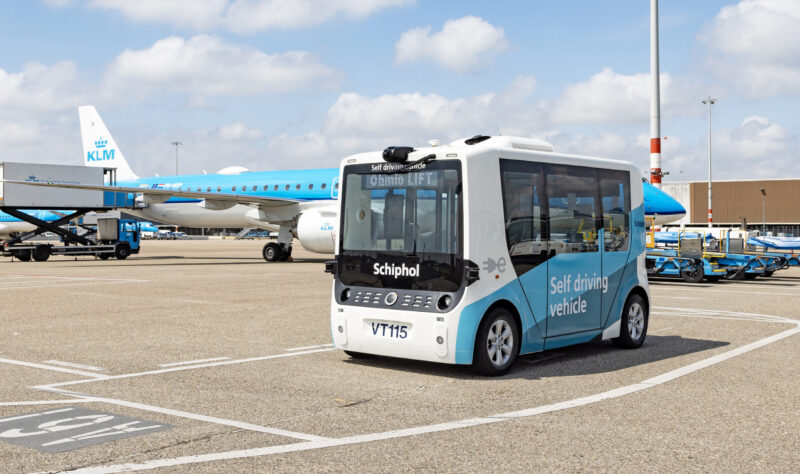
Likewise, for public transport services, Anwar stated that a hybrid approach will be needed to transition away from a reliance on bus drivers. Autonomous vehicles will first be deployed on simpler, more predictable routes, while drivers will continue to navigate complex conditions and unpredictable traffic. Indeed, autonomous vehicles that are already in service generally face limitations regarding the routes they can serve. In fact, earlier this year, Karsan’s Autonomous e-ATAK became the first self-driving public transport bus in Europe to operate through tunnels.





